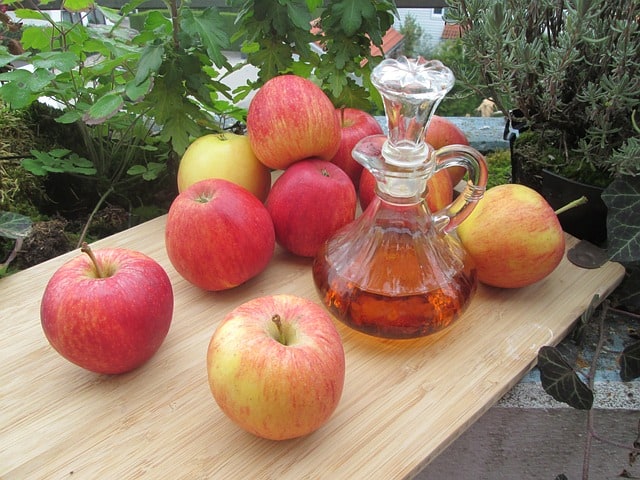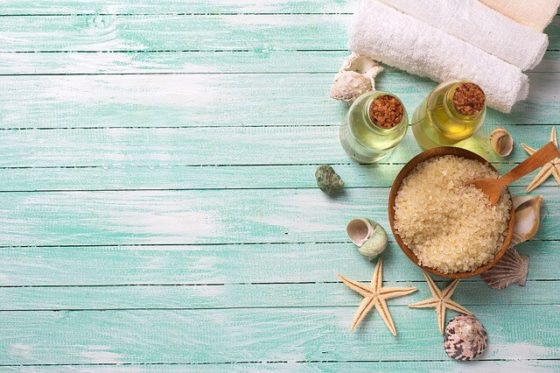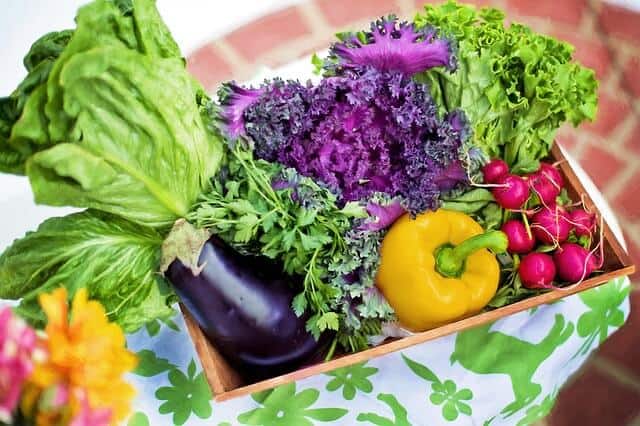You might have plant medicines in your kitchen right now. Many culinary herbs also have medicinal qualities. In this fifth post in the Plant Medicine series, we’ll take a look at some of the herbs you might have in your kitchen right now and how to use them.
Here are common plant medicines found in your kitchen:
Plant Medicines Found in Your kitchen:
1. Ginger
Ginger can be used for colds, digestive upsets, in making fire cider and more. You can find ginger in the produce section. If you haven’t used it before, it’s a weird-looking root, kind of like a potato only odd shaped.
2. Garlic
Garlic is another item that’s good for a cold. It’s been called “Natures Antibiotic”. It can easily be added to your favorite dishes for a “two-fer” of benefits.
3. Honey
Honey is a natural kitchen staple that is great for fighting infections, battling seasonal allergies and on minor burns if that’s all you have handy at the time. It’s easy to add this to tea, oatmeal or other dishes.
Tip: always buy local if you can. It’s better for dealing with those seasonal allergies plus you’re supporting your neighbors.
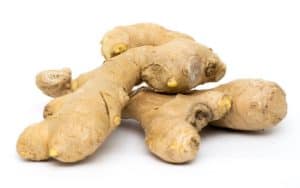
4. Lemon
Lemon is high in vitamin C. It can be added to your water every day for a little boost of vitamin C.
Tip: Use real lemons or be sure to read the label if you’re using the bottled kind to be sure that it doesn’t contain any undesirable ingredients.
5. Vinegar
When buying vinegar in the grocery store, be sure to get the organic apple cider kind with the “mother” for the best results. Vinegar can help with a wide variety of issues and it can be used as a base in infusions as well.
Tip: Leave the other kind of vinegar for your cleaning chores.
6. Alcohol
Alcohol is the base used to make extracts. Alcohol draws out all the nutrients from the plant and will help to preserve the infused base for many years. The most popular for plant medicine is 100 proof vodka or Everclear. (whatever you choose, it should be at least 100 proof)
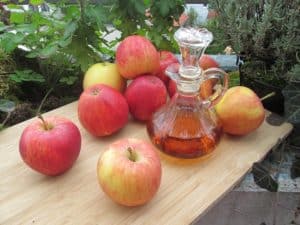
7. Oregano
This one appears in almost every kitchen. Oregano can help with a cold. So, if you’re feeling under the weather, food with plenty of oregano and garlic in it might just help you out.
8. Olive oil
Olive oil can be used for dry skin or to dilute any essential oil. It can also be an infusion base for fresh herbs.
Tip: Buy the best quality olive oil you can afford.
Bonus item: Herbal Tea Bags
Chamomile, Green Tea, Peppermint, and Black Tea all have healing properties.
Use chamomile for stress, green tea as a booster along with peppermint. The peppermint will also help with a headache. Black tea is always a popular daily choice whether served hot or cold.
Tip: I always buy organic teas when I can and I add them to my compost when I’m done with them. This reduces landfill waste and adds nutrients to the compost.
Summary of Plant Medicines Found in Your Kitchen
Beginning with what you have on hand, like these common plant medicines found in your kitchen, is a great way to build your knowledge as you add things into your herbal apothecary.
It doesn’t require any expensive equipment, it’s easy to do and has many benefits. I believe these were the underpinnings of the plant medicine practices of our ancestors. Working with what you have, keeping it simple, and a basic knowledge of what to do.
Experiment with these items by using them in your favorite dinner recipes or in herbal recipes you want to try.
Do you have any of these plant medicines in your kitchen?
Will you be giving them a try?
Did you miss any of the other posts in this series? You can check them out here:
Post #1 – What is Plant Medicine? The Basics.
Post #2 – Learning Plant Medicine for Beginners
Post #3 – Start Your Own Home Apothecary: Tools & Methods
Post #4 – How to Make Herbal Infusions
Post #6 – Plant Medicine to Make in the Fall
Blessed be.
Be sure to check out these posts too.
Journey Through the Wheel of the Year: The Sabbats & Themes
Disclaimer: I’m not a medical doctor, an herbalist or an aromatherapist. This article isn’t intended to be medical advice. Not all plants are safe to use. Some are toxic and can be deadly. Others may cause an allergic reaction in some people. Always consult your doctor, healthcare provider, qualified herbalist or aromatherapist before using any type of plant medicine or essential oil.

